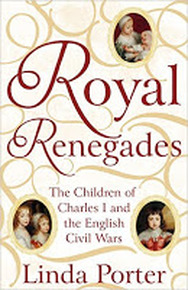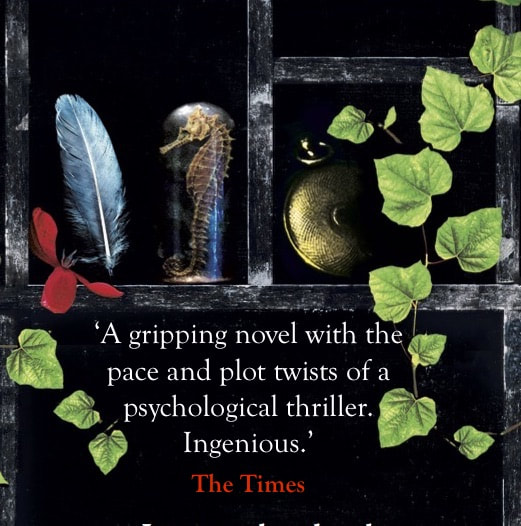 There is no story about the Tudor dynasty left untold and perhaps this is the reason for the rediscovery of their equally fascinating and controversial cousins The Stuarts. The Stuart period was torn by dark sectarian troubles, the thwarted Gunpowder Plot an event that, had it succeeded, would have been as dramatic as the attack on the Twin Towers and would have wiped out the new dynasty. It was a time of witch hunts, espionage, the exploration of the globe and a royal court with an openly homosexual king, a complex, flawed and unpopular individual whose son would be tried and executed in Cromwell’s revolution – an event that would irrevocably change the path of English history.  2016 sees the 400th anniversary of Shakespeare’s death in 1616 and with it many celebratory exhibitions and productions throughout the year, and particularly The Globe’s season of his late plays. We think of the bard as an Elizabethan phenomenon but as James Shapiro in his recent, and brilliant, 1606, The Year of Lear, points out, his best work fell in the Jacobean period, a rich time for some of the bloodiest and most enduring dramas ever written. The cultural flourishing that began in Elizabeth’s reign reached it’s zenith at this time, only to be wiped out with Cromwell, who closed the playhouses. But it returned with the restoration of Charles II, the most charismatic of the Stuarts,  whose reign saw and actresses on the stage, and in the King’s bed, for the first time. The exhibition at the National Maritime Museum, Samuel Pepys: Plague, Fire, Revolution thoroughly explores the events of the period as does Rebecca Rideal’s forthcoming book 1666: Plague, War and Hellfire. The intrigue of the Stuart century is endless, so it is unsurprising that acclaimed Tudor biographers have had their heads turned: Linda Porter will publish a book about the children of Charles I in the autumn and Leanda de Lisle’s next book, The King’s Story, will unravel the enigma of Charles I. Also to come this year are Andrea Zuvich’s A year in the Life of Stuart Britain is coming in April and Andrew Lacey’s The Stuarts: A Very British Dynasty.  Where the historians go the fiction writers inevitably follow and I predict a spate of Stuart novels. I am working on a Stuart Quartet, with the first, The Girl in the Glass Tower, about Arbella Stuart, who might have been England’s first Stuart Queen regnant, out in June, and in paperback in May comes Katherine Clement’s The Silvered Heart about a legendary female highwayman of the Civil War. Elizabeth Fremantle's The Girl in the Glass Tower is out now.
1 Comment
|
Subscribe to Elizabeth's quarterly newsletter below:Archives
June 2018
Categories
All
|







 RSS Feed
RSS Feed
